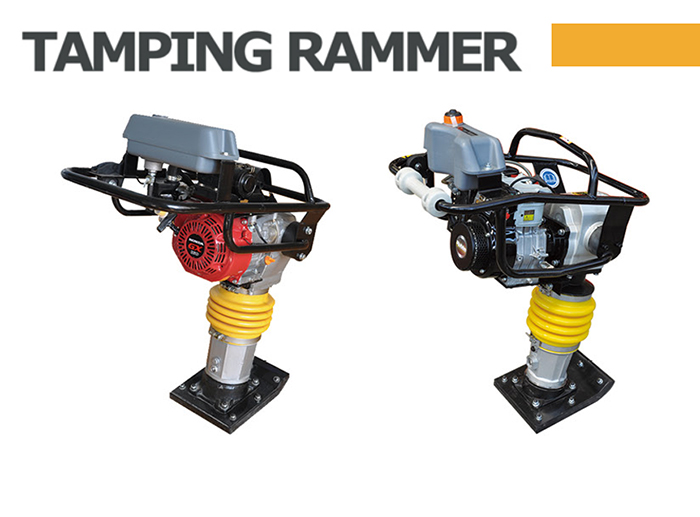Conductivity: The conductivity of water, the inverse of the resistance of water, is often used to indicate the purity of water. Conductivity is the ability of an object to conduct current. The measuring principle of the conductivity measuring instrument is to place two parallel plates into the solution to be measured, add a certain potential (usually a sine wave voltage) at both ends of the plate, and then measure the flow between the plates. Current. According to Ohm's law, the inverse of conductivity (G)-resistance (R) is determined by voltage and current.
Second, the following describes the working unit of the conductivity meter:
The basic unit of conductance is Siemens (S), formerly known as Mohm, which takes the inverse ohm of the resistance unit. Since the geometry of the conductivity cell affects the conductivity value, the conductivity is expressed in units of S/cm in the standard measurement to compensate for the difference in electrode size. The unit conductivity (C) is simply the product of the measured conductance (G) and the cell constant (L/A). Here L is the length of the liquid column between two plates and A is the plate area. =Ïl=l/σ
(1) Define or explain the inverse of the resistivity as conductivity. σ=1/Ï;
(2) Units: In the International System of Units, the unit of conductivity is Siemens/meter. Other units are: s/cm, us/cm. 1S/m=0.01s/cm=10000us/cm;
(3) The physical meaning of conductivity is the performance of the material's conductivity. The higher the conductivity, the stronger the conductivity, and vice versa.
Third, the use of conductivity meter Although each instrument has instructions, but many friends still encounter such a trouble when using, here's how to use it to share it:
1. Before turning on the power switch, observe whether the hands are pointing to zero. Adjust the screws on the meter to make the hands indicate zero.
2. Set the correction measurement switch to the "Calibration" position.
3. Plug in the power cord, turn on the power switch, and warm up for a few minutes (until the pointer is fully stabilized) Adjust the "adjustment" regulator so that the meter indicates fullness.
4. When using the (1)-(8) range to measure liquids with conductivity below 300 μS.cm-1, select “Low Weekâ€, then turn the high/low week switch to low. When using a range of (9)-(10) to measure a liquid with a conductivity in the range of 300 μS.cm-1 to 105 μS.cm-1, the "high weeks" will be set.
5. Move the range selection switch to the desired measurement range. If you do not know the conductivity of the measured solution in advance, you should first pull it to the maximum conductivity measurement file, and then gradually decrease to prevent the desk from bending.
6. Use of the electrode: When using, use the electrode holder to clamp the bakelite cap of the electrode and fix the electrode holder on the electrode rod.
(1) When the conductivity of the test solution is lower than 0.3μS.cm-1, use the DJS-0.1 type electrode. At this time, the “electrode constant compensation adjuster†should be adjusted to 10 times the supporting electrode constant: For example: If the matching electrode constant is 0.090, it should be adjusted to the 0.90 position.
(2) When the conductivity of the tested solution is lower than 10μS.cm-1, use the DJS-0.1 type electrode. At this time, the “electrode constant compensation adjuster†should be adjusted to the corresponding position of the electrode constant: for example, supporting The electrode constant is 0.95, then it should be adjusted to the 0.95 position, and if the matching electrode constant is 1.1, it should be adjusted to the 1.1 position.
7. Insert the electrode plug into the electrode socket, tighten the fastening screw on the socket, and then plunge the electrode into the solution to be tested.
8. Then correct [when measuring with (1)-(8) range, turn to low cycle during correction, when measuring with (9)-(12) range, then adjust to pull high cycle], pull to "Calibrate †Adjust the adjustment regulator so that the indicator is at full scale.
9. When measuring high-purity water with (0-0.1) or (0-0.3) μS.cm-1, first insert the electrode lead into the electrode jack and adjust the capacitance compensation regulator before the electrode enters the solution. The meter indication is the minimum value (this minimum value is the leakage resistance between the electrode platinum sheets. Due to the presence of this leakage resistance, the meter pointer cannot reach the zero point when adjusting the capacitance compensation regulator).
Tamping rammer is perfectly balanced to deliver hard hitting compaction as well operator comfort delivering low noise and vibration to the operator.

Tamping Rammer Features:
-Reliable four stoke engine delivers low emission and noise;
-Ingenious throttle lever for smooth operation;
-Heavy shock mount system reduces hand-arm vibration and improves operator comfort;
-Durable plastic oil tank offers longer life and rust-free;
-Laminated wood and steel shoe absorbs and withstands vibration shock;
-Protective top frame cover eliminates possible damage to the engine.
Tamping Rammer,Pneumatic Rammer,Rammer Compactor,Vibratory Tamping Rammer
Jining Furuide Machinery Manufacturing Co., Ltd. , https://www.vibratoryroller.nl
![<?echo $_SERVER['SERVER_NAME'];?>](/template/twentyseventeen/skin/images/header.jpg)